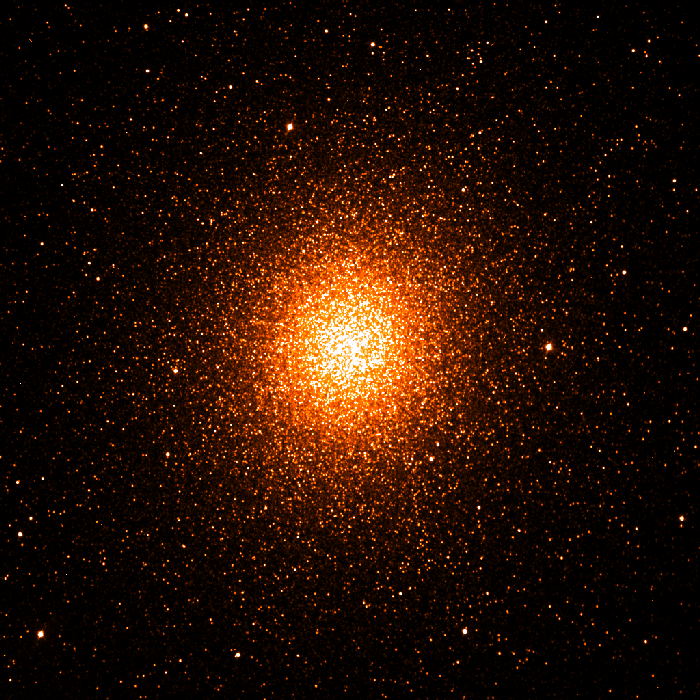When I look at a globular cluster like Omega Centauri I always imagined that the 10 million stars in the cluster rotated majestically about a central mass in an orderly fashion.

Thanks to some new work by two astronomers from the Space Telescope Science Institute in Baltimore, Md, my peaceful, orderly vision of a globular cluster has been trashed!
Jay Anderson and Roeland van der Marel, using data from the Hubble Space Telescope, have measured the velocities of some of the stars at the heart of the cluster and their motion is far from peaceful!
In the close-up image below, we see the brilliant blue and red stars that reside in the center of this ancient globular cluster. The area in the rectangle is magnified and displayed below showing the relative velocities of the stars contained within.

Source: Hubblesite.org
This motion was gleaned from images Hubble took in 2002 and 2006. Its precise optics allowed the astronomers the ability to measure the relative motion of these stars over such a short period of time.
In the Hubble clip below, you will zoom into the heart of Omega Centauri and ultimately see the predicted motions for these stars over the next 10,000 years. It is interesting to note that this random motion gives astronomers clues that may dispel the theory of a massive black hole at the center of globular clusters. There may be a black hole present, but it would not be equivalent to the massive black holes found in the center of galaxies, like the one at the center of the Milky Way, which is about 4 million times the mass of our Sun.
Till next time,
RC Davison
